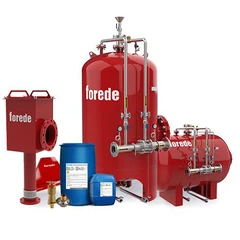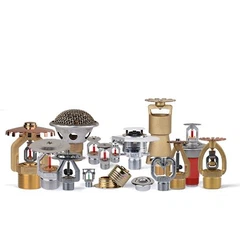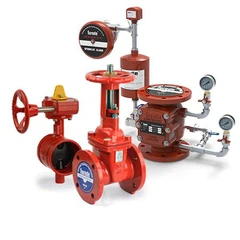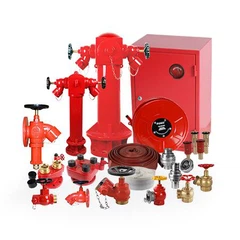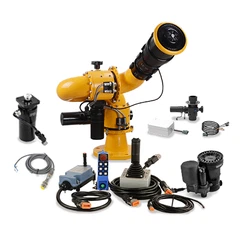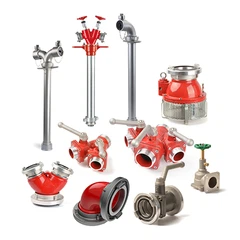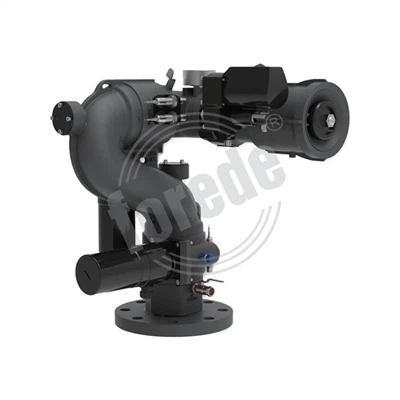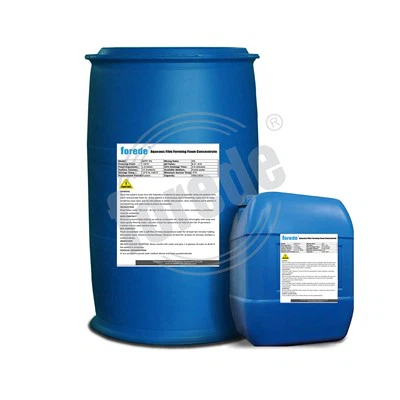
Dry Fire Sprinkler for Fire Protection System
A dry fire sprinkler system is an essential component of any fire protection system. It is designed to quickly suppress fires and minimize damage to property and save lives.
Dry fire sprinkler systems are particularly useful in areas where freezing temperatures are a concern, as they do not contain water in the pipes until a fire is detected. This eliminates the risk of pipe bursts due to freezing, ensuring that the system is always ready to act in the event of a fire.
In addition, dry fire sprinkler systems are cost-effective and easy to maintain. They require less maintenance than traditional wet systems, as there is no need to regularly drain the pipes to prevent freezing. This makes them a cost-effective option for businesses looking to protect their property and assets from fire damage.
Overall, dry fire sprinkler systems are a reliable and efficient way to protect your property and ensure the safety of your employees and customers. By investing in a dry fire sprinkler system, you can have peace of mind knowing that you are taking proactive steps to prevent and suppress fires in your building.
1. Overview
A Dry Fire Sprinkler System is a type of automatic fire protection system that uses pressurized air or nitrogen instead of water in its sprinkler pipes. It's primarily designed for areas exposed to low temperatures where water-filled pipes could freeze, causing damage and system failure.
When a fire occurs, heat triggers one or more sprinkler heads, releasing the pressurized air and allowing water to flow into the system through a dry-pipe valve. This ensures the sprinklers only contain water when actively fighting a fire.
2. How It Works
Normal Standby Condition
Sprinkler pipes are filled with air/nitrogen at a maintained pressure.
The dry-pipe valve separates the water supply from the piping network.
Fire Activation
Heat from a fire opens a sprinkler head's glass bulb or fusible link.
Air escapes through the open head, lowering system pressure.
Valve Opening
When air pressure drops enough, the dry-pipe valve opens, allowing water to flood the pipes.
Fire Suppression
Water discharges through the activated sprinkler heads to suppress or extinguish the fire.
Water movement triggers connected alarm devices.
3. Key Components
Dry Sprinkler Heads – May be pendent, upright, or sidewall type, designed for dry systems.
Dry-Pipe Valve – Holds back water until activation.
Air Compressor / Nitrogen Generator – Maintains air pressure in the pipes.
Alarm Devices – Water motor gongs, pressure switches, or flow alarms.
Main Water Supply – Typically connected via municipal water or a fire pump.
4. Advantages
Freeze Resistance – Safe for cold or unheated environments.
Reduced Internal Corrosion – No standing water in pipes during standby.
Automatic and Reliable – Operates without human intervention.
5. Limitations
Slight Delay in Water Delivery – Water travel time after activation is longer than in wet-pipe systems.
Higher Installation & Maintenance Costs – Additional valves, air equipment, and inspections.
Complexity – Requires regular air pressure checks and valve maintenance.
6. Typical Applications
Outdoor loading docks
Cold storage warehouses
Parking garages
Attics in cold climates
Aircraft hangars (in some configurations)



